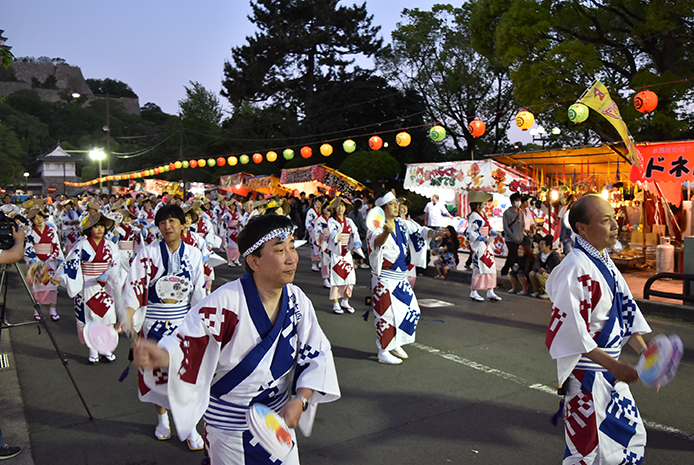A Famous Location for Historical Drama Filming: Oshu City
One of the key attractions in Oshu City is the “Historical Park Esashi Fujiwara no Sato,” a meticulously recreated historical park where you can glimpse the lifestyle of the Fujiwara clan from ancient times. It is a popular site for filming historical dramas and period films.
At “Historical Park Esashi Fujiwara no Sato,” you can also experience dressing in formal Heian-era costumes, such as the twelve-layered ceremonial kimono (jūnihitoe) or the court attire (sokutai). This provides a unique opportunity to learn about history while feeling like a noble from the Heian period, with the added bonus of taking memorable photographs.
Have you heard of “Oshu Hatto”? It’s a traditional dish from the Tohoku region, known by various names like “suiton,” “tsumeri,” and “odanzu,” depending on the locality. The cooking method and the dish name can differ significantly even within the same region or among different families, making it a fascinating culinary experience.
In Oshu City, there are numerous restaurants where you can savor Oshu Hatto. The variety ranges from the basic soy sauce-based soup to innovative versions like curry, gratin, and even dessert. When visiting Oshu, be sure to try this diverse and flavorful local specialty.

Quoted from Iwate Economic Research Institute
Visit the Hidaka Hibuse Festival
Location: Mizusawa District, Oshu City
Date: April 29th every year
Access: 5 minutes on foot from JR Mizusawa Station 10 minutes by car from Mizusawa IC on the Tohoku Expressway via National Route 4
The Hidaka Hibuse Festival is a spring tradition in Oshu City, boasting a 300-year history of fire prevention prayers. The festival’s music, known as “Hayashi Yatai,” is designated as an intangible folk cultural property by Iwate Prefecture.
The Hidaka Hibuse Festival is modeled after the Kyoto Gion Festival. Each town organizes and decorates floats elaborately, which then parade through the city. The festival features three types of “hayashi yatai” floats, each offering a spectacular sight.

Quoted from JAF Navi
The Origin of the Hidaka Hibuse Festival
The exact origin of the Hidaka Hibuse Festival is unclear, but there are two prominent theories.
The first theory suggests that during the Edo period, Munekage Date, the lord of Mizusawa Castle, was astonished by the frequent fires in Edo during his youth. Deeply impressed by the danger of fires, Munekage started fire prevention prayers at both Hidaka Myokenzan Shrine, where “Hidaka” is associated with fire, and Mizuyama Shrine, where “Mizu” means water. He believed in harnessing the power of gods and Buddha to prevent fires.
The second theory posits that a great fire occurred in the Mizusawa castle town in 1735 (Kyōhō 20). In response, the then lord of Mizusawa Castle, Murakage Date, sent Sagohei Sasaki to Edo to learn fire-fighting techniques. Upon his return, Sasaki founded a civilian fire brigade, and the commemorative event for this achievement is believed to be the origin of the Hidaka Hibuse Festival.
Pay Attention to the Climax: “Aiuchi”
After parading through the town all day and completing their traditional ceremonies and rites, the beautifully decorated hayashi floats gather in one place as night falls. The event, known as “Aiuchi,” features all the floats facing each other and performing their unique musical pieces simultaneously.
The luxurious hayashi floats, adorned with colorful peonies and weeping cherry blossoms, shine even brighter as night falls. Each float features about 20 young girls, referred to as “Ohinasan,” who look like hina dolls and play distinctive music using flutes, small drums, and shamisen. The “Hidaka Hayashi” performed by these girls is a sophisticated musical piece, and each of the six participating towns has its unique rhythm for “Uchibayashi.”

Quoted from Oshu Tabinoman
A Festival Reflecting the Reverence of the Past
The Hidaka Hibuse Festival embodies the ancient people’s faith in divine protection and their fear of fires. It’s a festival that allows you to reflect on the historical importance of fire prevention and the community’s dedication to ensuring safety from fires for the year ahead.
Why not visit the festival to learn about the dangers of fires and pray for protection against them throughout the year?
Cover image courtesy of Oshu City Official Website.
(Edited by 千八乃)





















